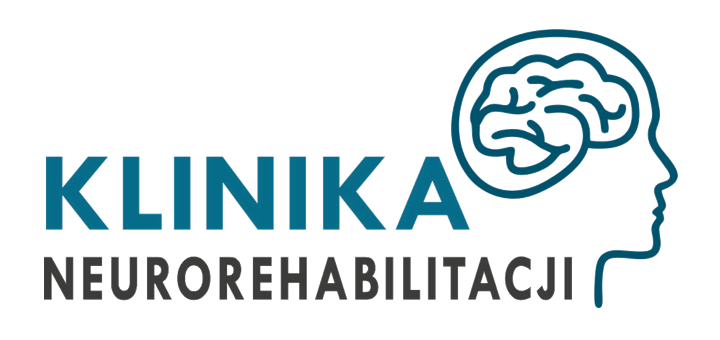Our Methods
The main objective of the Central Nervous System (CNS) neurorehabilitation is to help the patient regain as many of the functions he/she lost as possible and to compensate for those he/she cannot regain.
Modern rehabilitation and progressive facilitation of neurological patients must account for the right cosmetics of the bones and articulations, the nervous system, viscoelastic properties of soft tissues (muscles and fascia), as well as tissue stress (overloading). Specialist clinical evaluation that includes radiology (in the broad sense), instrumental and functional tests, additional examinations, and the patient’s expectations are the basis of an accurate diagnosis, good rehabilitation planning, and short- and long-term goal setting. But detailed diagnostics, personalized treatment, and monitoring require many specialists to cooperate closely on many levels. Our therapeutic team comprises well-qualified physiotherapists, experienced neurological speech therapists, and psychologists. Common side effects of a central nervous system injury may include various dysfunctions of different body systems (respiratory, urogenital, cardiovascular, skeletal, articulatory, muscular), as well as thermoregulation and hemodynamic disorders, etc. Often in the acute or chronic state, the psycho-social aspect also becomes an issue, as patients must face the new reality after the traumatic event or disease. To be managed properly, these consequences require the therapeutic team to use their extended rehabilitation and medical knowledge to provide the right level of care and therapeutic stimulation. We often consult our patients with international instructors of manual therapy, Vojta, or the Bobath method.



Modern methods of diagnosis and treatment of soft tissues according to
DR JAROSŁAW CIECHOMSKIMethods based on osteopathic concepts:
- Muscle Energy Technique (MET)
- Myofascial Release
- Active Release Technique
- Muscle and fascia rebalancing
- Trigger point therapy
- Extended trigger point therapy
Functional rehabilitation of patients following focal brain injury according to Dr Krawczyk
This method is designed to help patients after a brain injury by offering techniques and strategies to regain the most crucial motor functions (gait, upper limb movement, and activities of daily life).
It is used in patients after a stroke or brain injury or suffering from other CNS diseases.
PNF
PNF (Proprioceptive Neuromuscular Facilitation) is designed to use the healthy and strong areas of the body to stimulate and strengthen weaker areas and recreate normal movement patterns.
NDT BOBATH FOR ADULTS
The Bobath Concept is designed to help solve patients’ problems related to abnormal functions, such as movement and postural control, due to CNS injury.
McKenzie
The method of mechanical diagnosis and therapy of the spine created by a physiotherapist from New Zealand, Robin McKenzie, is currently also used to treat the extremities. The initial stage of the approach is a systematic diagnostic procedure based on a thorough history and evaluation of symptoms. It highlights the importance of education (how to function to protect the spine). The therapy is based primarily on exercises performed by the patient and specific techniques used by the therapist (the exercises are performed first under the therapist’s supervision and then at home). The purpose of McKenzie therapy is the reduction and elimination of pain, quick recovery of spinal function, prevention of relapses, and patient education. It is used specifically to treat:
- spinal pain
- discopathy
- sciatica and brachialgia
Fascial Manipulation acc. to Luigi Stecco
Fascial Manipulation is a manual therapy modality developed by an Italian physiotherapist, Luigi Stecco. It leverages 30 years of anatomical studies and clinical practice based on a wide scope of musculoskeletal and visceral cases, as well as some years of dissection studies performed to validate the anatomy of the fascia. The techniques concentrate on musculoskeletal fascia and are used to pinpoint specific points within the fascia that are linked to specific movement restrictions. The reasoning is based on an overall interpretation of the fascial system. Once a restricted or painful movement has been tested, a therapist who understands this biomechanical model well can pinpoint the areas that require treatment. By manipulating or mobilizing these areas within the fascia, movement can be recovered and, as a consequence, pain is relieved.
Neuromobilization
These are manual techniques:
- aimed at the recovery of neuroplasticity, i.e. the ability to glide with respect to the structures surrounding the nervous tissue,
- aimed at the recovery of the stretching and contracting capacity of the nervous tissue.
Neurological speech therapy
We cooperate with the best specialists to include neurological speech therapy in the intervention. It is addressed to adults suffering from aphasia after stroke or brain injury.
